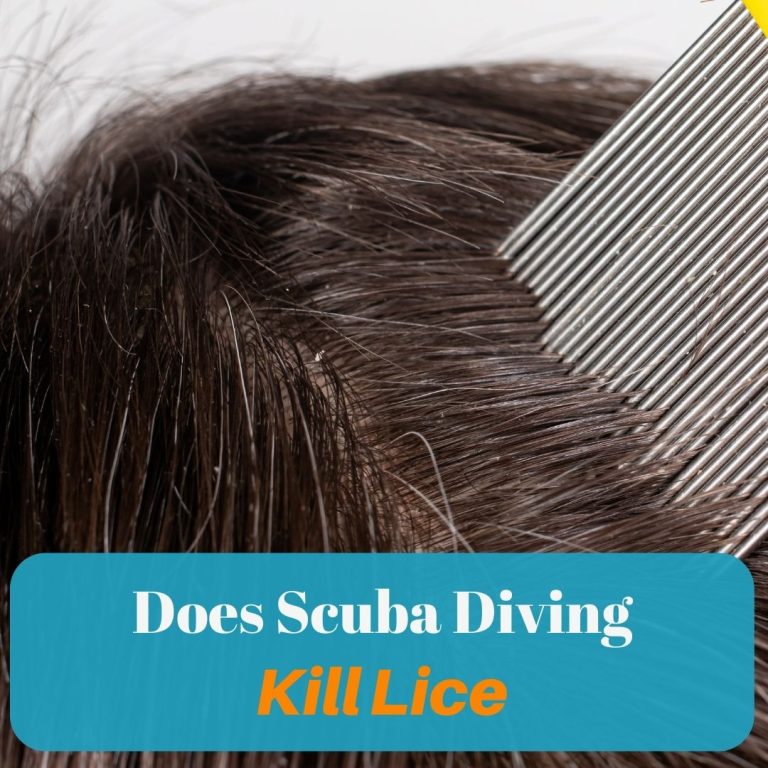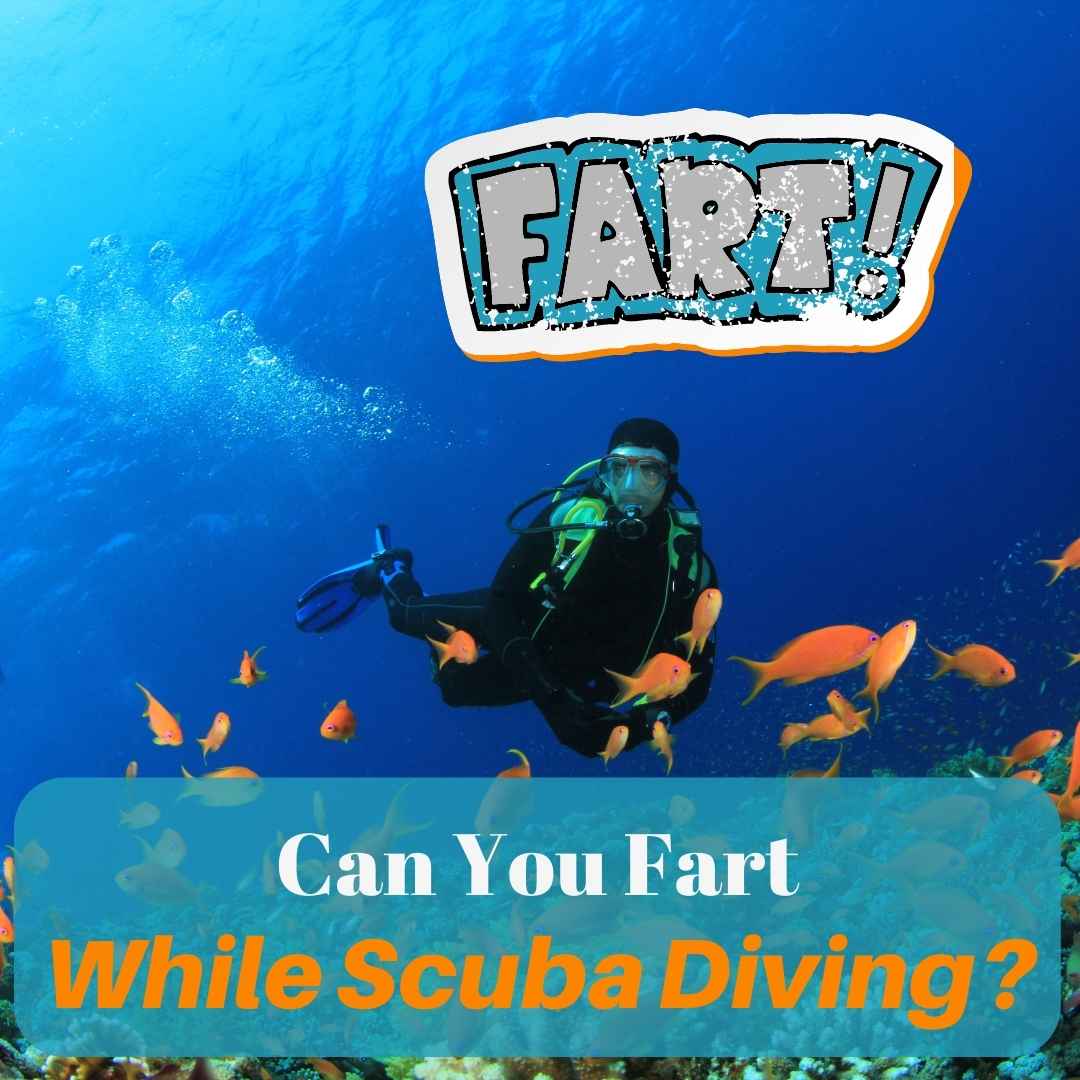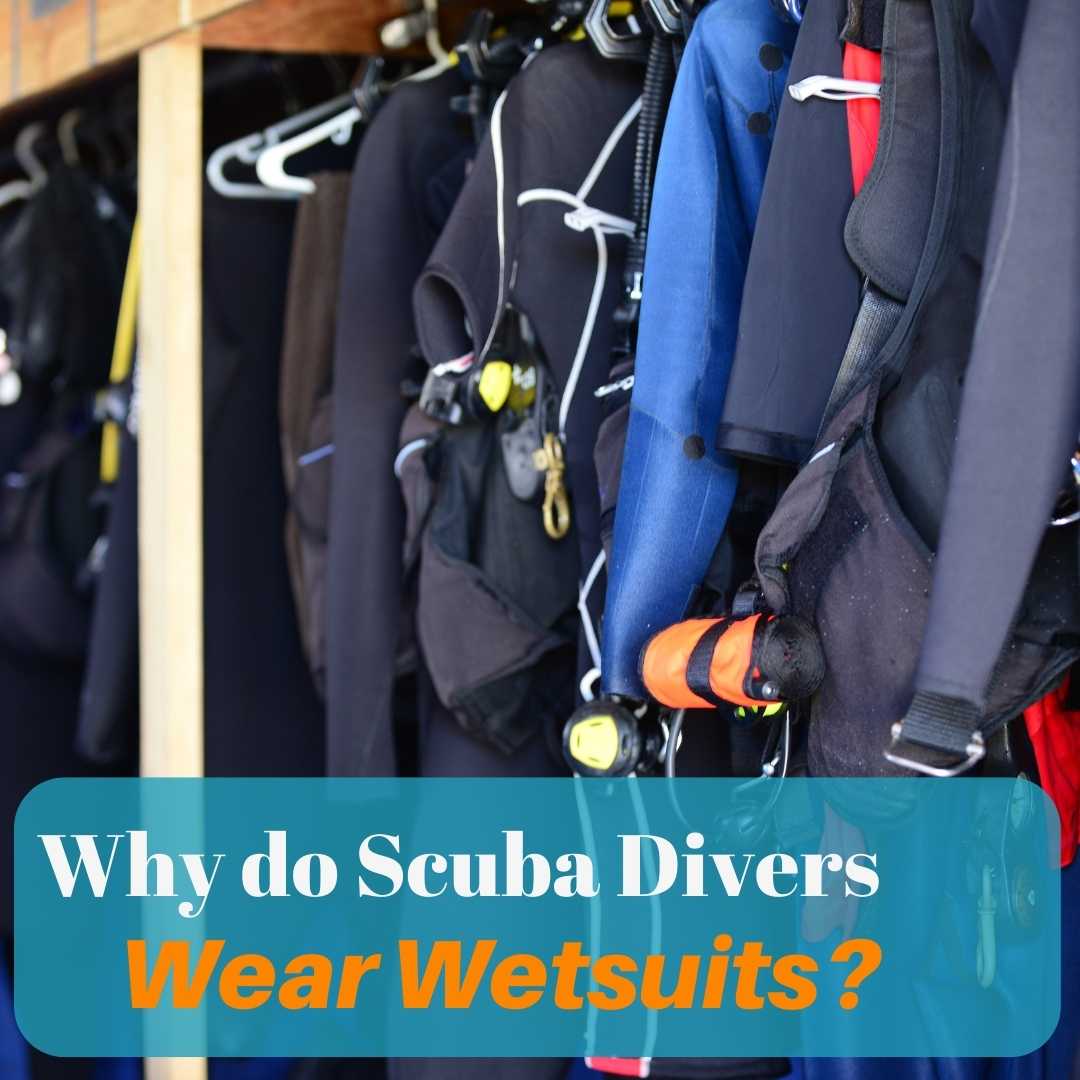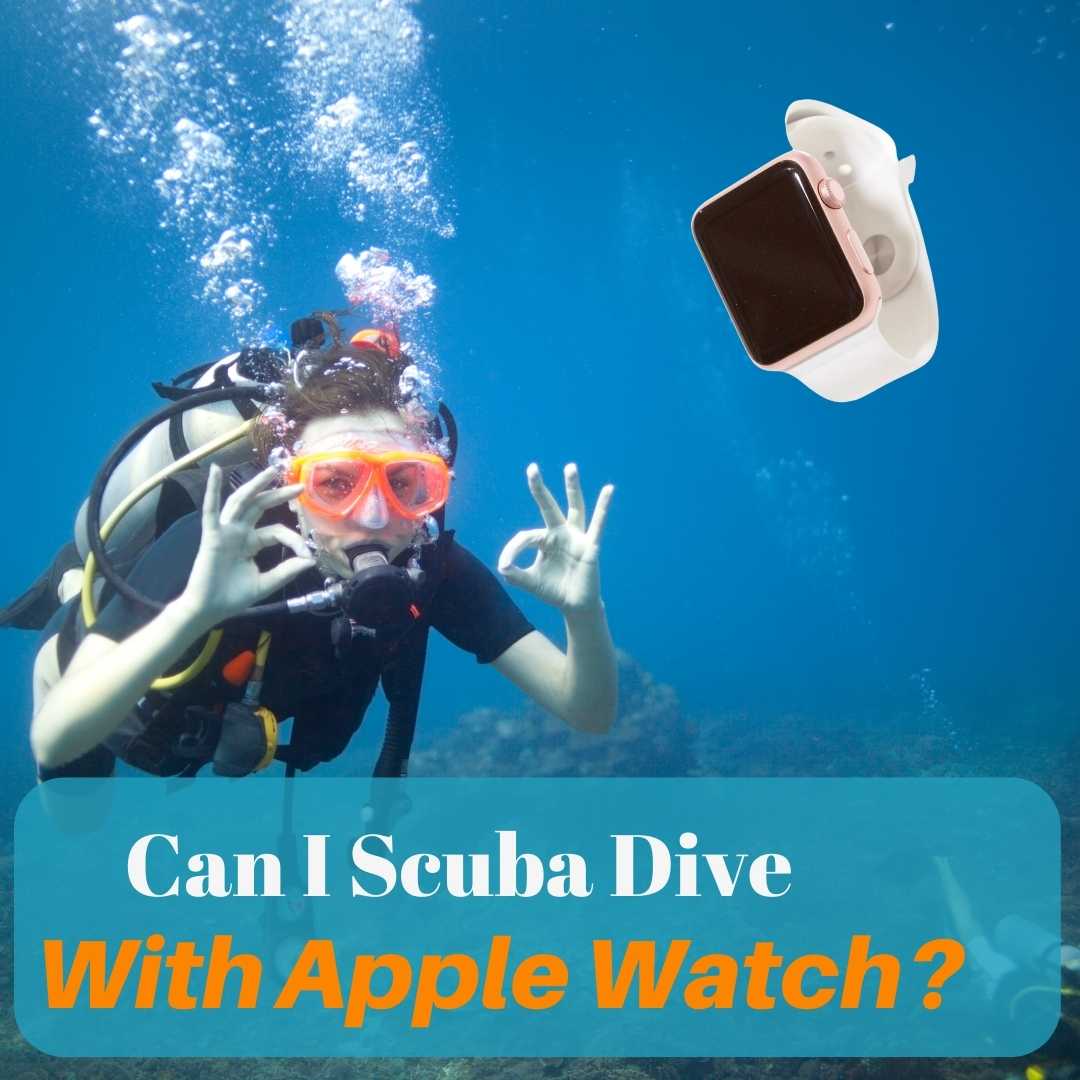Scuba diving is an activity that involves being submerged in water, often for extended periods, which raises questions about its effect on common parasites such as lice. Specific interest lies in whether the experience can help to eliminate these pests, whose resilience to many forms of treatment has made them a consistent nuisance. Common head lice are known for their ability to cling to hair and scalp, making any potential solution a subject of considerable interest for those affected by infestations.

The underwater environment of scuba diving presents conditions that are quite different from the typical habitat of lice. Understanding the behavior of lice underwater and the effects of immersion in water on their survival can provide insight into whether scuba diving can contribute to removing them. It is important to look at the scientific basis of how water affects lice and explore whether the diving scenario can potentially wash lice away or even cause them to drown, while also considering the necessary measures to be taken before and after diving to manage a lice infestation.
Table of Contents
Key Takeaways
- Scuba diving immerses lice in water, which they cannot survive for extended periods.
- The pressure and lack of air underwater may contribute to removing lice from the hair.
- Proper hair care before and after diving is important for managing lice infestations.
Scuba Diving and Lice Infestation

Scuba diving could possibly affect head lice, considering the environment lice thrive in and the conditions underwater. This section examines lice’s survival in typical underwater diving scenarios.
Understanding Lice and Their Environment
Head lice (Pediculus humanus capitis) are human parasites that thrive in warm, humid environments, specifically close to the scalp. They feed on human blood several times a day and their lifecycle comprises three stages: egg (nit), nymph, and adult louse. Lice are adapted to the specific conditions provided by human hair and scalp, which normally includes a constant temperature range and humidity.
- Habitat: The scalp of humans.
- Temperature: Optimal at body temperature (~37°C or 98.6°F).
- Humidity: Prefer high relative humidity similar to that at the scalp surface.
Effect of Water Pressure and Scuba Conditions on Lice
Scuba diving exposes lice to conditions vastly different from those of their natural habitat.
- Water Pressure and Temperature: The increased water pressure and cooler temperatures encountered during a scuba dive create an inhospitable environment for lice. Water pressure does not significantly compress lice due to their small size and the protective nature of water, but the cold can immobilize them.
- Submersion Duration: Lice can survive submerged for a few hours, depending on the temperature and pressure, but prolonged exposure during a dive may prove lethal.
- Immersion Impact:
- Short Term: Potential temporary immobilization.
- Long Term: Possibly fatal due to deviation from their ideal living conditions.
By examining how lice survive or fail to survive during and after a scuba dive, one can understand the potential of scuba diving to affect a lice infestation.
You May Also Like: Does Scuba Diving Make You Pee?
Impacts of Scuba Diving on Lice Survival

When considering the effect of scuba diving on lice, it’s important to assess how different aspects of the diving environment interact with lice physiology and survival mechanisms.
Role of Submersion Time
Submersion time is critical in determining louse survival under water. Research indicates that lice can withstand a significant period of anoxia (lack of oxygen), with a survival rate of 48.9% after 14 hours without oxygen. However, after 16 hours of anoxia, all lice in the study perished. This implies that shorter scuba diving sessions may not be sufficient to kill lice, as they are capable of surviving without oxygen for a considerable amount of time.
Temperature and Depth Factors
Two important variables that affect lice survival during scuba diving are temperature and depth. Hydrostatic pressure experiments have shown that lice can tolerate a range of pressure conditions, however, the study’s specific survival rates at varying depths and temperatures commonly encountered during scuba diving are not detailed. It is known that lice infest marine mammals like seals, which can dive to substantial depths and endure cold temperatures—indicating lice have adapted to these conditions, potentially maintaining their viability even during a scuba dive.
Preventive Measures and After-Dive Care

When considering the unlikely issue of scuba diving as a method for killing lice, it’s important to follow specific preventive measures before diving and to conduct proper after-dive care.
Pre-Dive Preparations
Before engaging in a scuba diving activity, individuals should inspect their gear for cleanliness. This includes:
- Inspecting the wetsuit and dive equipment: Ensuring that all gear is free of lice and nits. If necessary, treat equipment with a lice-killing solution that is safe for the materials and the ocean environment.
- Personal hygiene: Showering with a lice-preventive shampoo as an additional precautionary step may reduce the risk of carrying lice into the diving gear.
Post-Dive Procedures
Upon completing a dive, the following steps are critical for maintaining hygiene and minimizing the chances of lice survival:
- Cleaning gear immediately: Thoroughly rinse all equipment with fresh, warm water to remove any salt, chlorine, or potential contaminants.
- Drying equipment properly: Ensure the gear is completely dry before storage as lice cannot survive long without a host and in dry conditions.
- Seeking medical advice if needed: In the unlikely event that lice are suspected post-dive, consult a healthcare provider for appropriate treatment options.
Frequently Asked Questions

In the examination of lice survival in various environments, research suggests that immersion in water alone does not effectively kill lice.
How effective is submersion in water for eliminating lice?
Submersion in water is not effective in eliminating head lice, as these insects can survive under water for several hours.
Is it possible for head lice to survive in chlorinated pools?
Yes, head lice can survive in chlorinated pools. Chlorine levels in swimming pools are not high enough to kill head lice.
Does exposure to saltwater terminate head lice?
Saltwater does not eradicate head lice, as these parasites can close their respiratory system to resist the saltwater environment.
Can routine swimming contribute to the eradication of head lice?
Regular swimming does not contribute to the eradication of head lice because lice can hold their breath for extended periods, thus surviving the experience.
What is the impact of using oil as a method to suffocate lice?
Using oil treatments may help suffocate lice, but it is not always effective because lice have adapted to survive without oxygen for a while.
Are there any natural remedies involving water that can help in the removal of lice?
While water alone may not be effective, combing wet hair with a fine-toothed nit comb after applying conditioner can help remove lice and nits from the hair.




